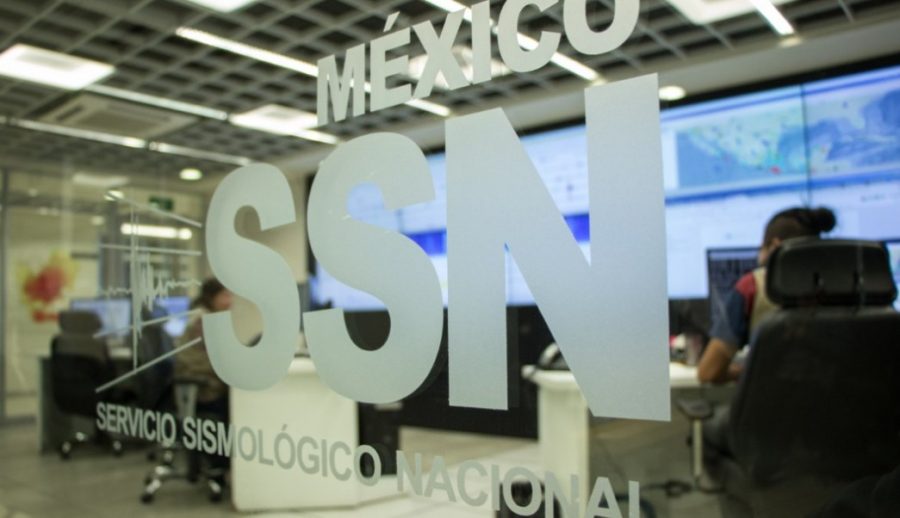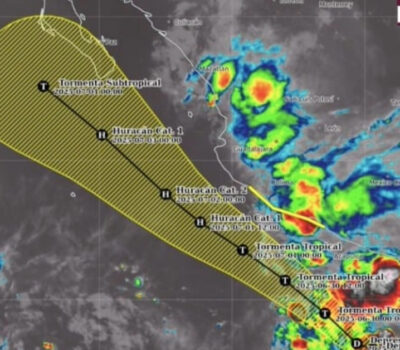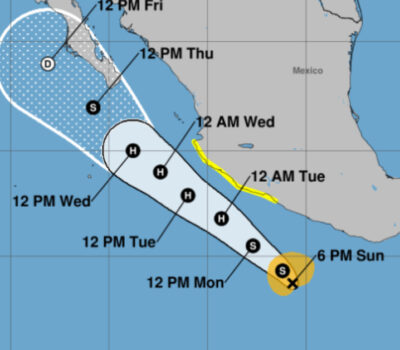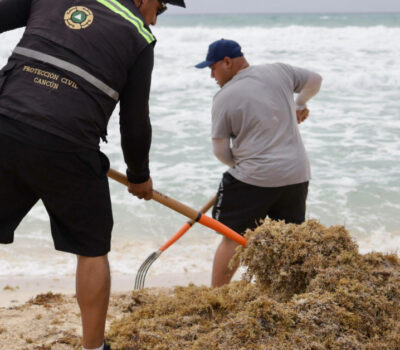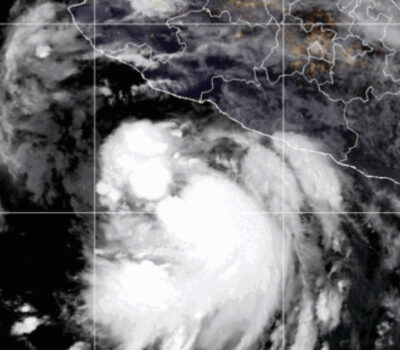In the last hours a series of earthquakes have been registered in Guerrero called by the National Seismological Service (SSN) as a “seismic swarm”.
In a special report, the SSN reported that from Monday, October 21 until Wednesday, October 23 a “seismic swarm” has been recorded with 39 tremors of magnitudes ranging between 3.5 and 4.9 degrees, with an epicenter near Petatlán, Guerrero.
The first earthquake in the swarm occurred at 9:49 p.m. on Monday, October 21, according to SSN data.
The Seismological explained that until 11:00 am on Wednesday, 39 earthquakes had been recorded and that the largest of the sequence occurred at 6:25 pm on Tuesday, October 22, felt in Petatlán, as well as in other nearby locations in the state.
The SSN explained that a “seismic swarm” or seismic sequence is a set of earthquakes in a specific area for a relatively short period of time, with similar magnitudes to each other, as in recent days has occurred in Guerrero.
Guerrero is a state that records about 25% of the seismicity that occurs in the country. This is due to the entry of the Cocos plate (oceanic plate) below the North American plate (continental plate). The meeting point between these two plates occurs off the Pacific coast, from the state of Jalisco to Chiapas.
Some important earthquakes in Guerrero is the earthquake of July 28, 1957, of magnitude 7.5, and the Petatlán earthquake of March 14, 1979, with magnitude of 7.6. Both generated significant damage in regions near the epicenter and in Mexico City.
The earthquakes are recurrent and once energy has accumulated again at the border of the plates, it will have to be released through the occurrence of an earthquake, which is a common phenomenon.
As time passes in a region where an earthquake has not occurred, the likelihood of one occurring there is greater. This situation occurs between Acapulco and Petatlán on the Costa Grande de Guerrero, a region known by seismologists as the “Guerrero Gap .”
Mexico is in an area of high seismicity due to the interaction of five tectonic plates: the North American plate, Cocos plate, Pacific plate, Rivera plate and the Caribbean plate. For this reason, the occurrence of earthquakes is not uncommon.
In the last hours a series of earthquakes have been registered in Guerrero called by the National Seismological Service (SSN) as a “seismic swarm”.
In . . .

